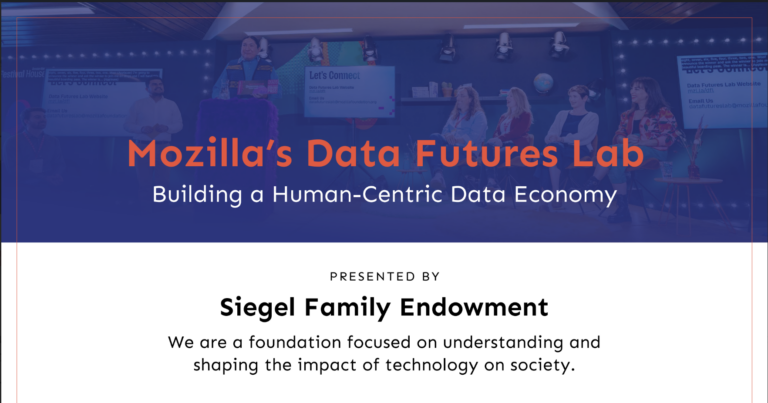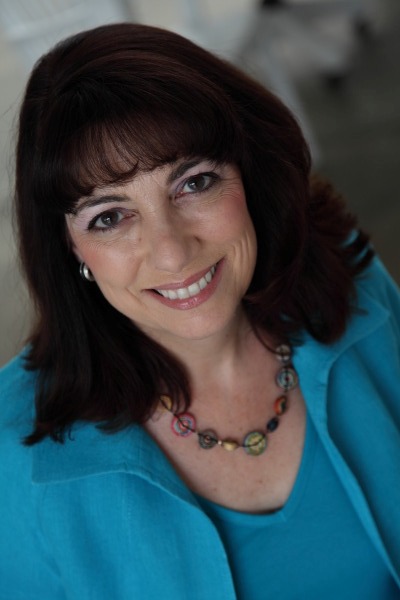The impacts of the COVID-19 pandemic on learning have been diverse and far-reaching – and in some cases, those impacts have driven innovation around how education environments can be restructured to meet the needs of the moment. At a time when we’re thinking expansively about what the learning environments of the future might look like, we’re also considering how lessons from the pandemic might inform longer term solutions, and how those lessons can shape new modes of learning that extend greater benefits to more students. This is an opportunity to advance new ways of learning that are most effective for students and their families.
One of the most novel new educational structures has been learning pods, a COVID-safe schooling format that allows students to receive in-person instruction and interact with their peers on a daily basis. Learning pods have typically consisted of between 3 and 10 students from collaborating families who are able to host and pay an educator to privately facilitate classes – a service that is mostly out of reach to all but the affluent.
We recently partnered with Creo College Prep to experiment with expanding this in-person, COVID-safe learning format to reach under-resourced students, and to challenge the idea that in-person, pod-based school structures are only a possibility for those with expansive resources at their disposal. Creo College Prep is a public charter school based in the Bronx that opened in 2019, and has adapted their programming and teaching structures to meet the rapidly evolving needs of their school community over the last year. We see this partnership as an opportunity to apply lessons and innovations that have emerged in response to the COVID-19 pandemic to the process of developing diverse and innovative educational models that can serve all kinds of communities in the long term.
Below, Ben Samuels-Kalow, Founder and Head of School at Creo Prep, shares some of the key insights that he’s drawn from this experiment, and the lessons that he and his team have taken from the first few weeks of teaching and learning in this new format.
What did you find compelling about learning pods, and why were you eager to expand access to this format of schooling?
Pods are how we keep our promise to 100% of our families that school is a place where their student will be always safe, and never bored. For the majority of our students, home is a safe place. A Zoom classroom isn’t ideal, but we’ve made classrooms full of mutual respect, challenge, and support. For our students and teachers, a shared bedroom isn’t where they want to be learning or teaching, but we make it work.
For our students experiencing homelessness, housing insecurity, and other acute manifestations of systemic inequality, Distance Learning wasn’t working. School isn’t just an intellectual refuge, but also a physical one. Pods allow us to offer high-quality, rigorous, and culturally responsive learning to all of our students, regardless of whether their home environment is conducive to learning.
We were eager to expand this opportunity to any family that wanted it because we saw the impact for students in our pilot Pod, and families know best what they need. By making the Pods available to all, families could choose the Pod for the same reason they chose our school — because it is the best place for their child.





